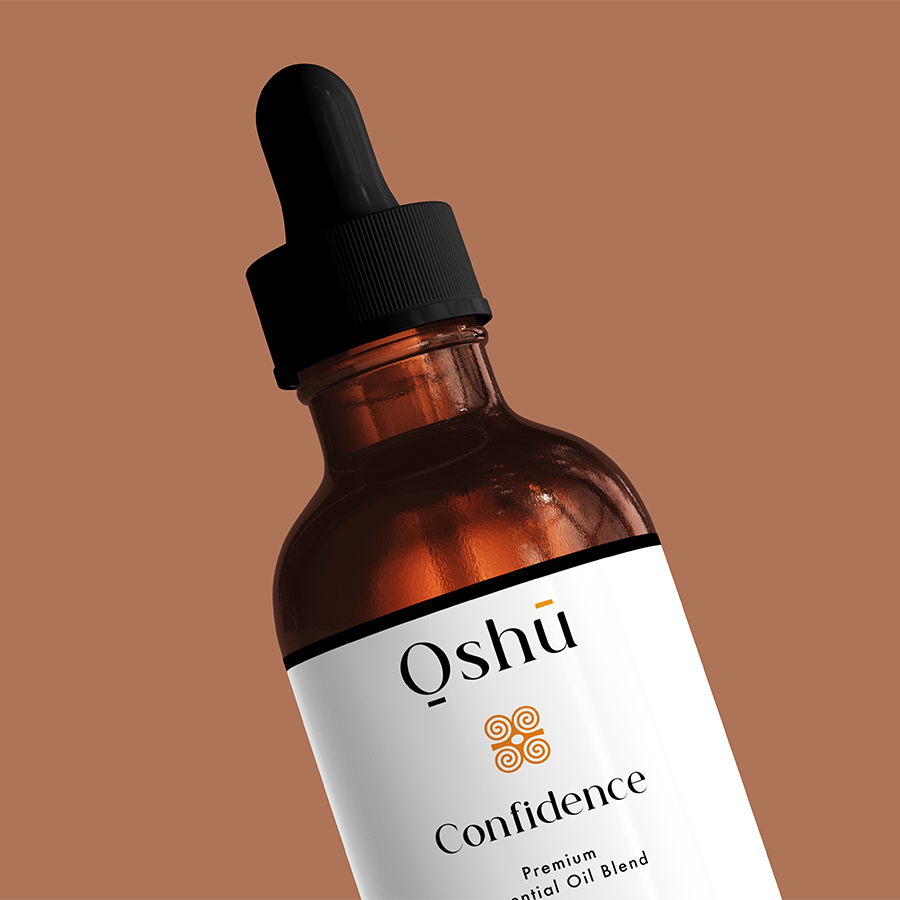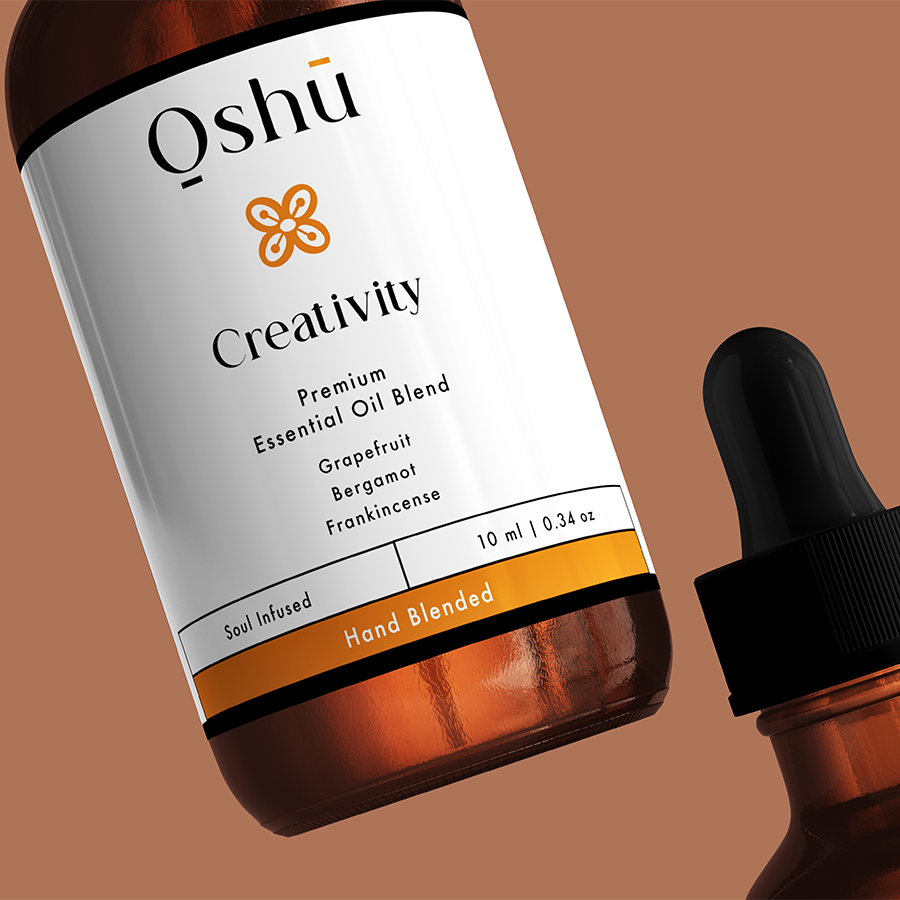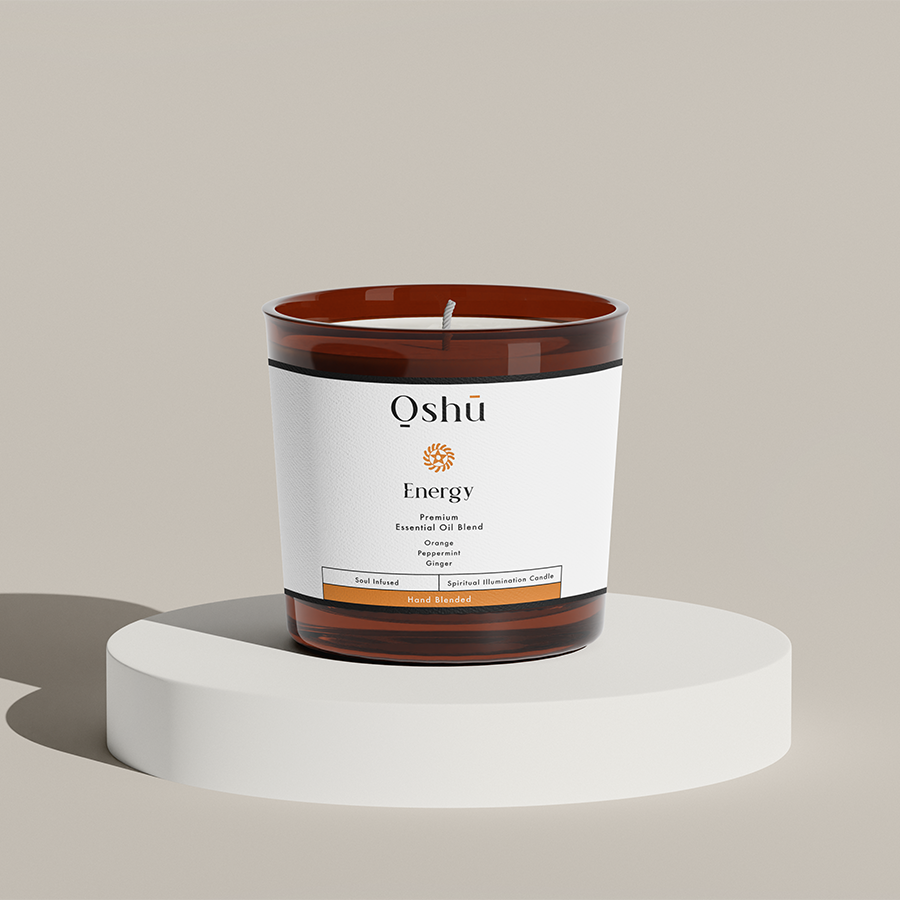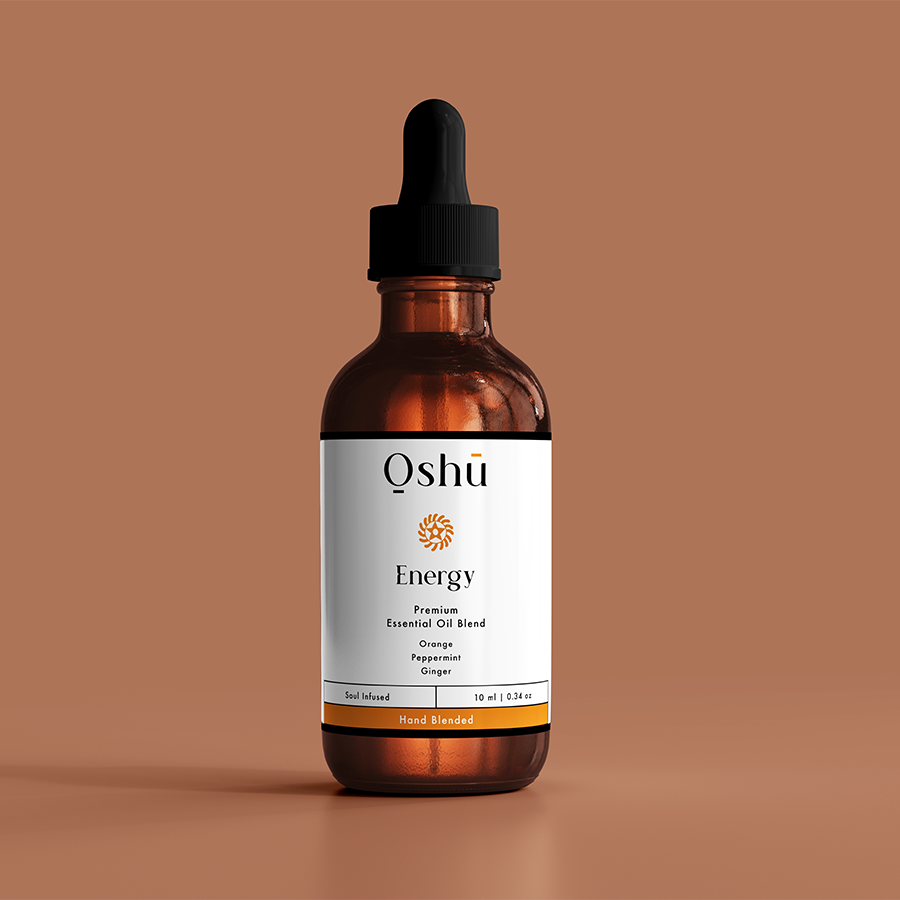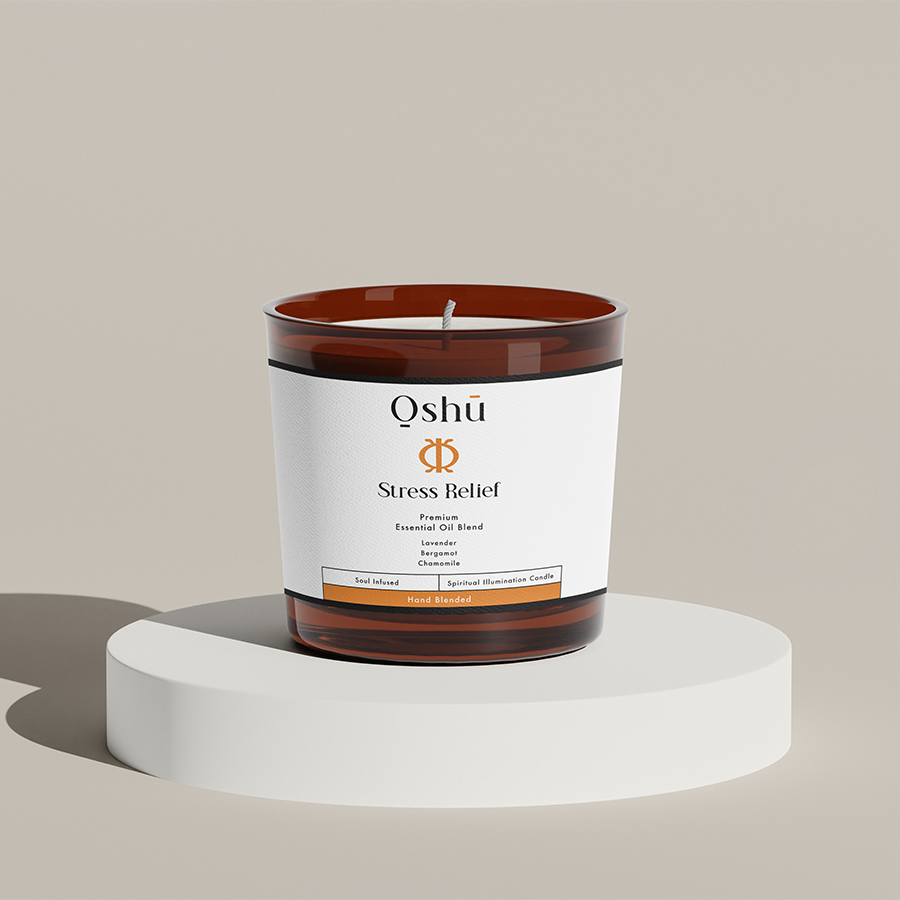Heel spurs, also known as plantar fasciitis, are a common and painful condition that affects millions of people worldwide. A heel spur is a bony growth that develops on the underside of the heel bone, causing inflammation and discomfort in the heel and surrounding tissues. This condition can make everyday activities, such as walking, running, or even standing, a painful and daunting task.
Table of Contents
The symptoms of heel spurs can vary from person to person, but common complaints include sharp pain in the heel or arch of the foot, especially after periods of rest or inactivity. This pain can be severe enough to affect daily life, making it difficult to perform routine tasks, exercise, or even enjoy leisure activities. Heel spurs can also cause swelling, redness, and warmth in the affected area, making it tender to the touch.
The Causes of Heel Spurs
Heel spurs are often caused by repetitive strain or overuse of the plantar fascia, a band of tissue that runs along the bottom of the foot. This strain can lead to inflammation and irritation, causing the body to respond by forming a bony growth, or spur, on the heel bone.
Other factors that can contribute to the development of heel spurs include:
- Overpronation or flat feet
- Abnormal gait or walking pattern
- Running or jogging on hard surfaces
- Wearing shoes that do not fit properly or provide adequate support
- Age, as the plantar fascia naturally weakens with age
- Obesity or sudden weight gain
How Essential Oils Can Help with Heel Spurs
Essential oils have been used for centuries to provide natural relief from pain and inflammation. When it comes to heel spurs, certain essential oils can help reduce pain and discomfort, while also promoting healing and relaxation.
Some of the most effective essential oils for heel spurs include:
- Peppermint oil, which has a cooling effect and can help reduce pain and inflammation
- Lavender oil, which promotes relaxation and can help reduce stress and anxiety
- Eucalyptus oil, which has anti-inflammatory properties and can help reduce swelling
- Frankincense oil, which has anti-inflammatory and pain-relieving properties
- Wintergreen oil, which contains methyl salicylate, a natural pain reliever
Blending Essential Oils for Heel Spurs
When using essential oils to treat heel spurs, it’s often more effective to blend multiple oils together. This allows you to create a customized blend that targets specific symptoms and provides comprehensive relief.
Here’s a simple recipe for a heel spur blend:
- 2 tablespoons of carrier oil (such as coconut or sweet almond oil)
- 5 drops of peppermint oil
- 5 drops of lavender oil
- 5 drops of eucalyptus oil
- 5 drops of frankincense oil
Mix the carrier oil and essential oils together in a small bowl. Apply the blend to the affected area 2-3 times a day, or as needed.
Methods of Application for Essential Oils
There are several ways to apply essential oils to the affected area, including:
- Topical application: Mix the essential oil blend with a carrier oil and apply directly to the heel and surrounding tissues.
- Massage: Massage the essential oil blend into the affected area to increase blood flow and promote relaxation.
- Compress: Soak a cloth in warm water, add a few drops of the essential oil blend, and apply to the affected area as a compress.
- Bath: Add a few drops of the essential oil blend to a warm bath to promote relaxation and reduce inflammation.
Additional Tips for Managing Heel Spurs with Essential Oils
In addition to using essential oils, there are several other tips that can help manage heel spurs and promote healing:
- Stretch regularly: Stretching the plantar fascia and calf muscles can help reduce tension and promote healing.
- Wear supportive shoes: Wearing shoes that fit properly and provide adequate support can help reduce strain on the plantar fascia.
- Rest and ice: Resting the affected foot and applying ice can help reduce inflammation and pain.
- Lose weight: If you’re overweight or obese, losing weight can help reduce pressure on the plantar fascia.
Precautions and Contraindications
While essential oils can be a safe and effective way to manage heel spurs, there are some precautions and contraindications to be aware of:
- Pregnancy and breastfeeding: Certain essential oils, such as peppermint and wintergreen, should be avoided during pregnancy and breastfeeding.
- Skin sensitivity: Always dilute essential oils with a carrier oil and perform a patch test before applying to the skin.
- Medications: Certain essential oils, such as frankincense, can interact with medications. Consult with a healthcare professional before using essential oils if you’re taking medications.
Heel spurs can be a painful and debilitating condition, but with the right treatment and management, it’s possible to find relief and promote healing. Essential oils can be a valuable addition to your treatment plan, providing natural relief from pain and inflammation. By understanding the causes of heel spurs, blending essential oils, and applying them correctly, you can take the first step towards a pain-free life.
Remember to always consult with a healthcare professional before using essential oils, especially if you have a pre-existing medical condition or are taking medications. With the right approach and precautions, essential oils can be a safe and effective way to manage heel spurs and promote overall wellness.
Frequently Asked Questions
What are heel spurs?
Heel spurs are small, bony growths that develop on the underside of the heel bone, often causing pain and discomfort. They can be caused by a variety of factors, including overuse, poor foot mechanics, and inflammation.
What are the symptoms of heel spurs?
The symptoms of heel spurs can vary, but common complaints include sharp pain or aching in the heel area, especially after exercise or prolonged standing. Some people may also experience swelling, redness, or warmth around the affected area.
How do essential oils help with heel spurs?
Essential oils can help alleviate the pain and discomfort associated with heel spurs by reducing inflammation, relaxing muscles, and promoting healing. Certain oils, such as peppermint and eucalyptus, have natural analgesic and anti-inflammatory properties that can provide relief from heel spur symptoms.
Which essential oils are best for heel spurs?
Some of the most effective essential oils for heel spurs include peppermint, eucalyptus, wintergreen, and lemongrass. These oils can be used individually or blended together to create a customized treatment plan.
How do I use essential oils for heel spurs?
Essential oils can be used in a variety of ways to treat heel spurs, including topical application, massage, and aromatherapy. Always dilute the oils in a carrier oil, such as coconut or jojoba oil, and perform a patch test before using them on the affected area.
Can I use essential oils if I have sensitive skin?
Yes, but with caution. If you have sensitive skin, it’s essential to perform a patch test before using any new essential oils. Start with a small amount and gradually increase as needed. You can also mix the oils with a carrier oil to reduce the risk of irritation.
How often should I use essential oils for heel spurs?
The frequency of use will depend on the severity of your symptoms and your individual response to the oils. As a general rule, start with 2-3 times a day and adjust as needed. Be sure to give your skin time to rest and recover between applications.
Can I use essential oils in combination with other treatments?
Yes, essential oils can be used in conjunction with other treatments, such as physical therapy, orthotics, and pain medication. However, always consult with a healthcare professional before combining treatments to ensure safe and effective use.
Are essential oils safe for everyone?
Essential oils are generally safe when used properly, but they may not be suitable for everyone. Pregnant or breastfeeding women, children, and people with certain medical conditions should consult with a healthcare professional before using essential oils.
What is the best way to store essential oils?
Essential oils should be stored in a cool, dark place, away from direct sunlight and heat sources. Use dark glass bottles and keep them tightly sealed to preserve the quality and potency of the oils.
How long do essential oils last?
The shelf life of essential oils can vary depending on the quality and storage conditions. Generally, high-quality oils can last for 1-3 years, while lower-quality oils may have a shorter shelf life.
Can I use expired essential oils?
No, it’s not recommended to use expired essential oils. Expired oils may have lost their potency and effectiveness, and could potentially cause skin irritation or other adverse reactions.
What is the difference between essential oils and fragrance oils?
Essential oils are natural, concentrated plant extracts, while fragrance oils are synthetic chemicals designed to mimic a specific scent. Always choose high-quality, pure essential oils for therapeutic use.
Can I ingest essential oils?
No, essential oils should not be ingested unless under the guidance of a qualified healthcare professional. Ingesting essential oils can be harmful and even toxic, as they are highly concentrated and can cause internal damage.
How do I choose a high-quality essential oil?
When choosing an essential oil, look for products from reputable suppliers that provide clear labeling, batch testing, and GC/MS reports. Avoid oils with additives, fillers, or synthetic ingredients.
What is the difference between a single note oil and a blend?
A single note oil is a pure, unblended oil extracted from a single plant source, while a blend is a combination of multiple oils. Blends can be tailored to specific therapeutic benefits, but may not provide the same level of potency as a single note oil.
Can I make my own essential oil blends?
Yes, you can create your own custom blends using single note oils. However, it’s essential to follow proper blending ratios and guidelines to ensure safe and effective use.
How do I dilute essential oils for topical use?
Essential oils should be diluted in a carrier oil, such as coconut or jojoba oil, before applying to the skin. A general dilution ratio is 1-3% essential oil to 97-99% carrier oil, but this may vary depending on individual skin sensitivity and needs.
What is the best carrier oil for essential oils?
The best carrier oil will depend on individual skin types and needs. Popular carrier oils include coconut, jojoba, sweet almond, and grapeseed oil. Choose a carrier oil that is cold-pressed, organic, and free of additives.
Can I use essential oils on open wounds or broken skin?
No, essential oils should not be applied to open wounds or broken skin, as they can cause further irritation and delay healing. Instead, use gentle, fragrance-free wound care products and consult with a healthcare professional for guidance.
How do I know if I’m allergic to an essential oil?
If you experience any adverse reactions, such as redness, itching, or swelling, after using an essential oil, discontinue use and consult with a healthcare professional. Perform a patch test before using any new essential oil to minimize the risk of allergic reactions.
Can I use essential oils on pets?
While essential oils can be beneficial for humans, they should be used with caution on pets. Always consult with a veterinarian before using essential oils on pets, as they can be toxic or cause adverse reactions in animals.
Are essential oils regulated by the FDA?
The FDA does not regulate the quality or purity of essential oils, but it does regulate the labeling and marketing of these products. Look for products that comply with FDA guidelines and are manufactured by reputable suppliers.
Can I use essential oils in a humidifier?
Yes, essential oils can be used in a humidifier to promote relaxation and respiratory health. However, be sure to follow the manufacturer’s instructions and use the recommended amount of oil to avoid clogging the humidifier or causing damage.
How do I clean my essential oil diffuser?
Regularly clean your essential oil diffuser to prevent bacterial growth and maintain its effectiveness. Use a gentle soap and water solution, and dry the diffuser thoroughly before reuse.




